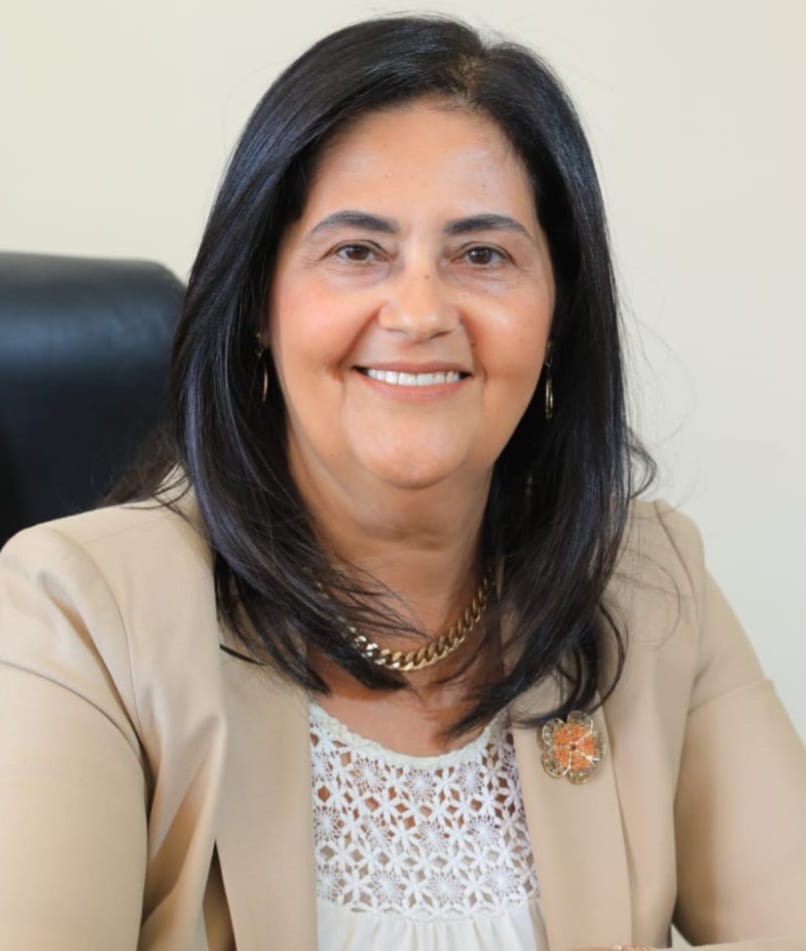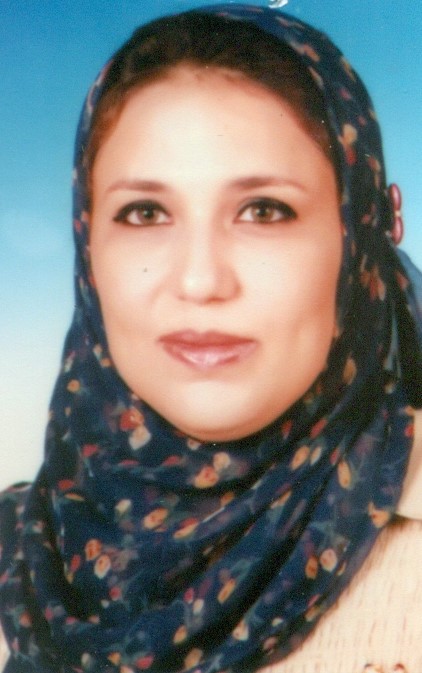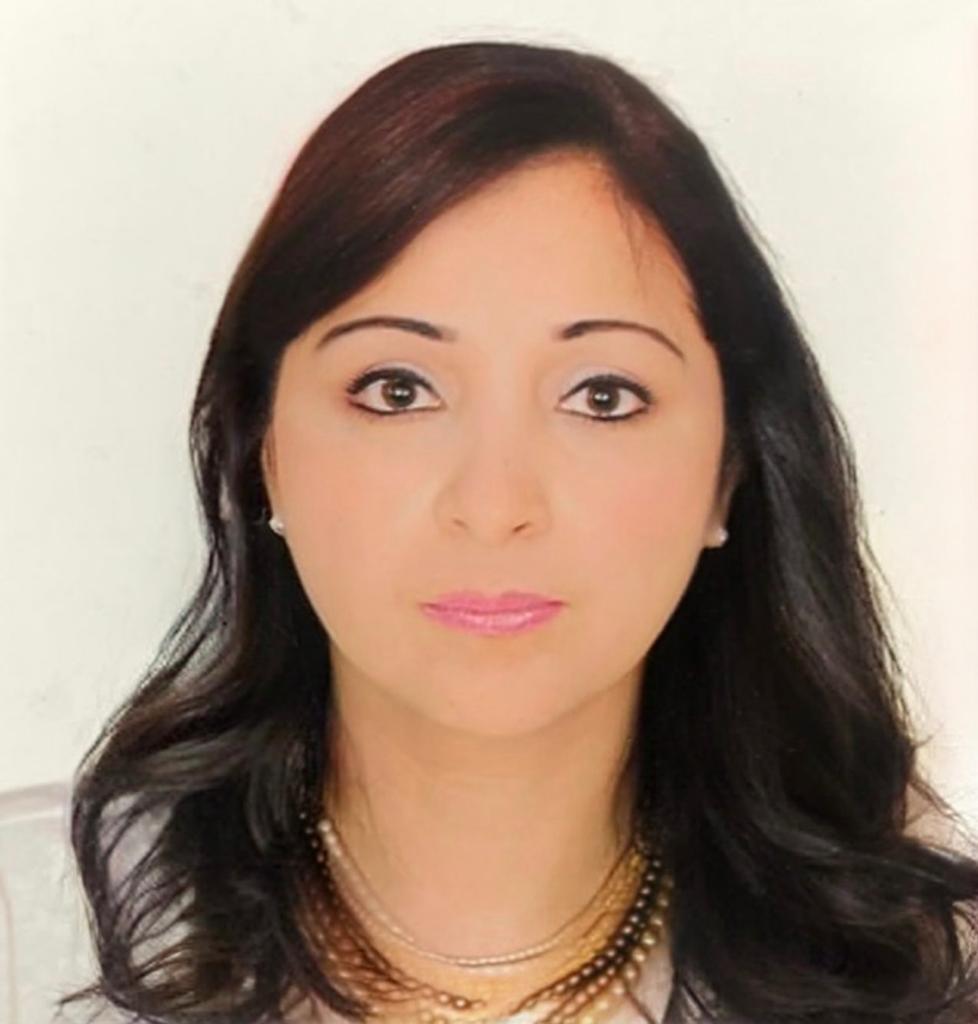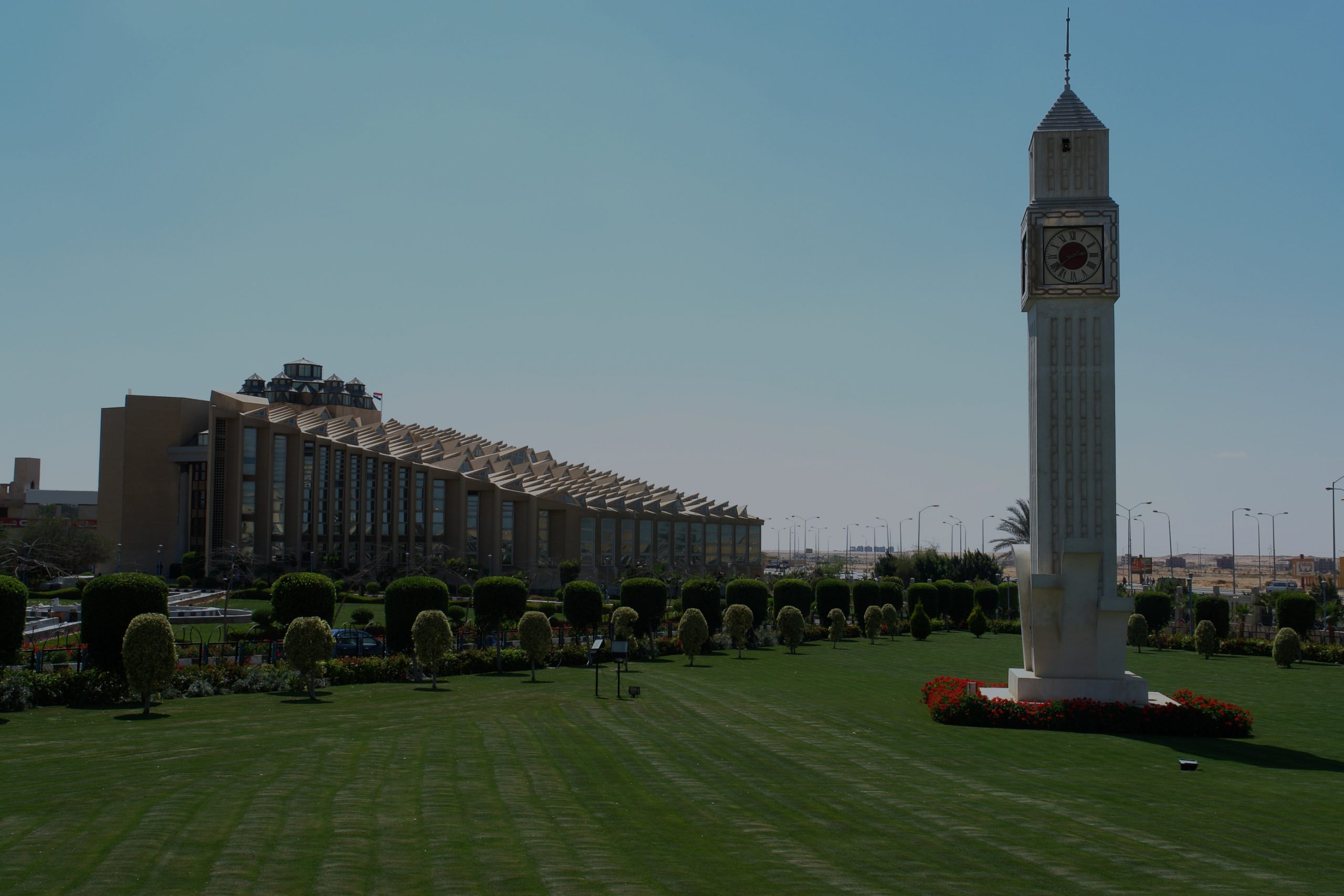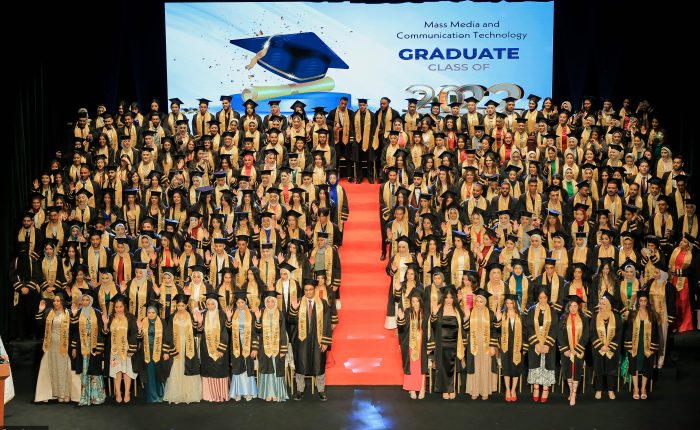The Radio and Television Department depends on introducing the student to all aspects of radio and television, whether (directing – production – photography).
The department has a distinguished group of professors specialized in this field. In addition to that, hosting the constellation of professional media experts, in order to graduate who are capable of competing in the labor market, based on the vision, mission and strategic plans of the College.
The department seeks to keep pace with the methods of quality in research and its sciences in a way that will be compatible with the development of university education.
The vision, mission, and strategic objectives of the department:
The Vision:
Make the department a pioneer in educating radio and television students and qualifying them in the fields of scientific research and community service.
The Message:
Preparing student competencies scientifically and professionally and providing a research and training environment in accordance with quality standards in
University education and research and consultancy in the field of radio, television and film to meet the needs of the labor market and its future directions.
Objectives of the Broadcasting and Television Department:
Scientific goals:
– The integrated scientific and cognitive construction of the student in the audio-visual production industry.
– Providing students with specialized research skills in the fields of research and local studies and film.
– Developing a creative culture and nurturing talented people in audio-visual media.
Professional Objectives:
– Training on the application of basic production concepts in all visual production processes and audible.
– Introducing the professional ethics of audio-visual production.
– Providing students with real experiences in audio-visual production work environments, whether in laboratories and department studios or in outdoor environments.
Community service goals:
– Meeting the needs of the national and Arab labor market for qualified professionals in the fields of radio, television, and cinema.
– Carrying out scientific advisory studies that contribute to the development of media work in general and the field of radio and television in particular.

